If you are a birding enthusiast looking for a unique experience, we invite you to immerse yourself in the fascinating world of the toucan. These exotic tropical birds are true gems for birders and are found abundantly throughout Costa Rica. In this blog, we will reveal the mystery of their distinctive beak and explain how to appreciate their beauty at Mistico Park, located in the foothills of Arenal Volcano.
The Toucan and its Enigmatic Beak: The toucan is famous for its colorful and distinctive beak, which is a marvel of evolution. Despite its apparent disproportionate size, this beak surprises with its lightness and unique structure.
Fun Fact: The Toucan's Beak, a Natural Wonder One of the most curious facts about the toucan is the incredible lightness of its beak. Contrary to what one might think, this beak is composed of layers of keratin, the same protein that forms our nails and hair. This hollow structure allows the toucan to have an imposing and strong beak without significantly increasing its weight.

Why such a Striking Beak? The toucan's beak serves several essential functions in its life:
Communication and Attraction: The toucan's striking beak plays a fundamental role in communication and attraction among individuals of the same species. Its size and coloration can indicate the toucan's health and genetic quality, and beak-display rituals are common during the breeding season.
Thermoregulation: The toucan's beak also serves a thermoregulatory function. Being hollow, it helps regulate the bird's body temperature by dissipating heat. This is especially important in tropical forests where temperatures can be high, and thermoregulation is vital for survival.
Feeding: Surprisingly, the toucan's beak is not only used to attract attention but also to feed. Its elongated shape and serrated edges allow it to grasp fruits, insects, and even small reptiles and other birds. The toucan's beak is so strong that it can easily break the toughest fruit shells.
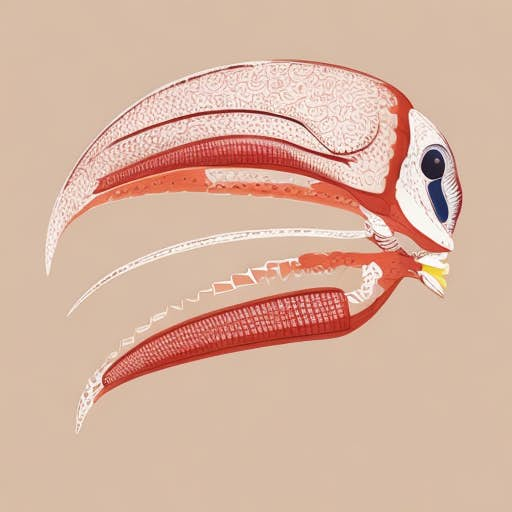
The toucan is a fascinating bird, and its distinctive beak is a distinguishing feature. By visiting Mistico Park, you will have the opportunity to experience these natural wonders up close and admire their dazzling beauty. We cordially invite you to visit Mistico Park and enjoy an unforgettable toucan-watching experience in their natural habitat.
Toucan Species You Can Appreciate at Mistico Park:
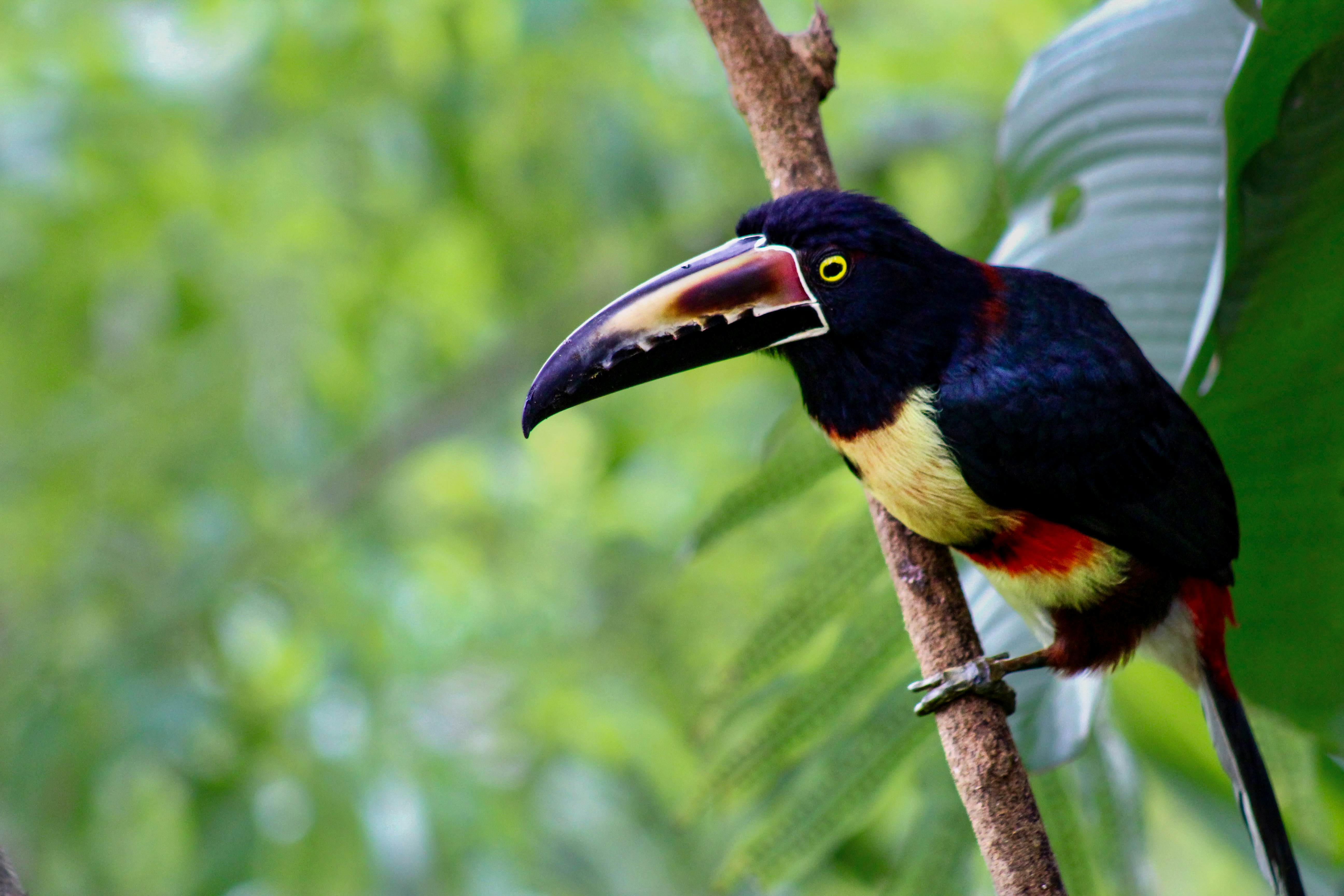
Collared Aracari (Pteroglossus torquatus): This toucan stands out with its bright orange beak and black head with a yellow collar around the neck. Their presence in Mistico Park is common, and you can enjoy their tropical beauty.
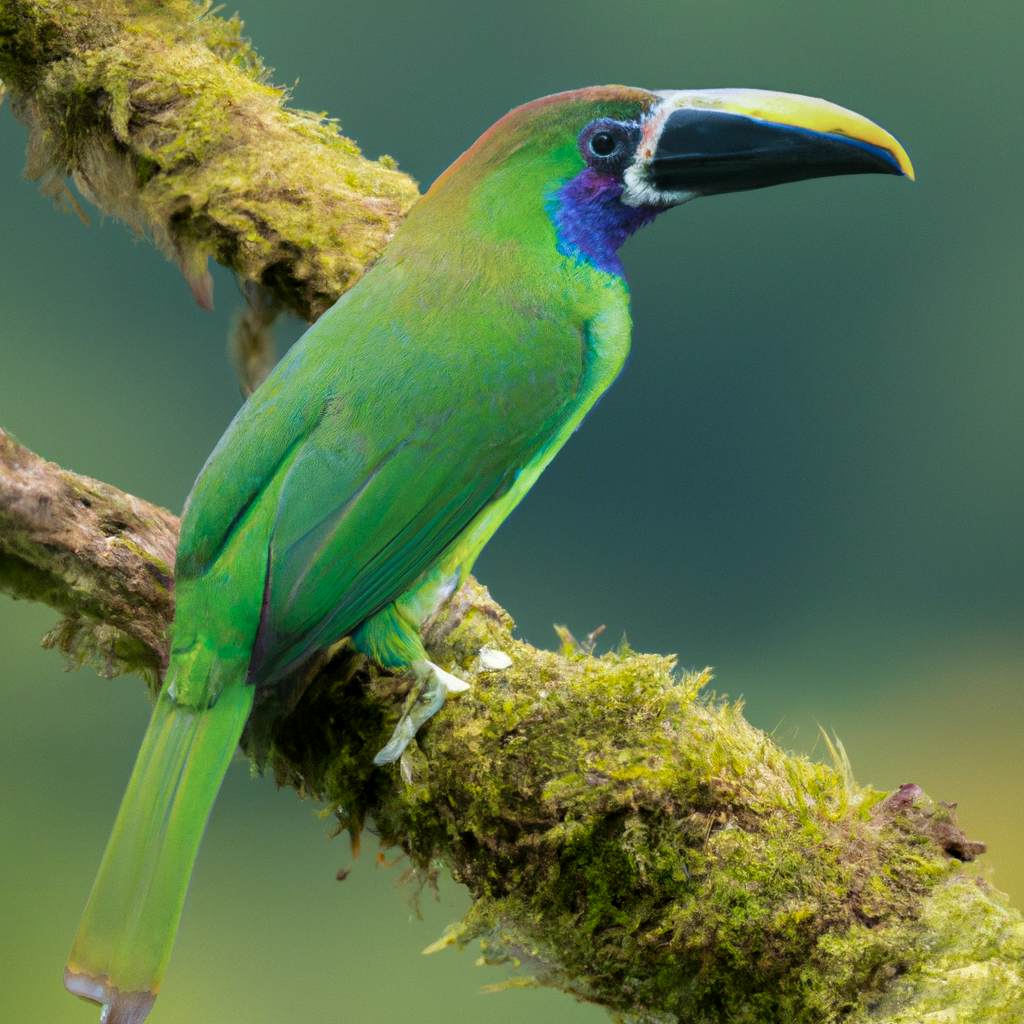
Northern Emerald-Toucanet (Aulacorhynchus prasinus): This toucan is distinguished by its bright green plumage, with a cinnamon-colored tip on its tail and a black beak with a yellow base. If you're lucky, you may spot this forest jewel at Mistico Park.
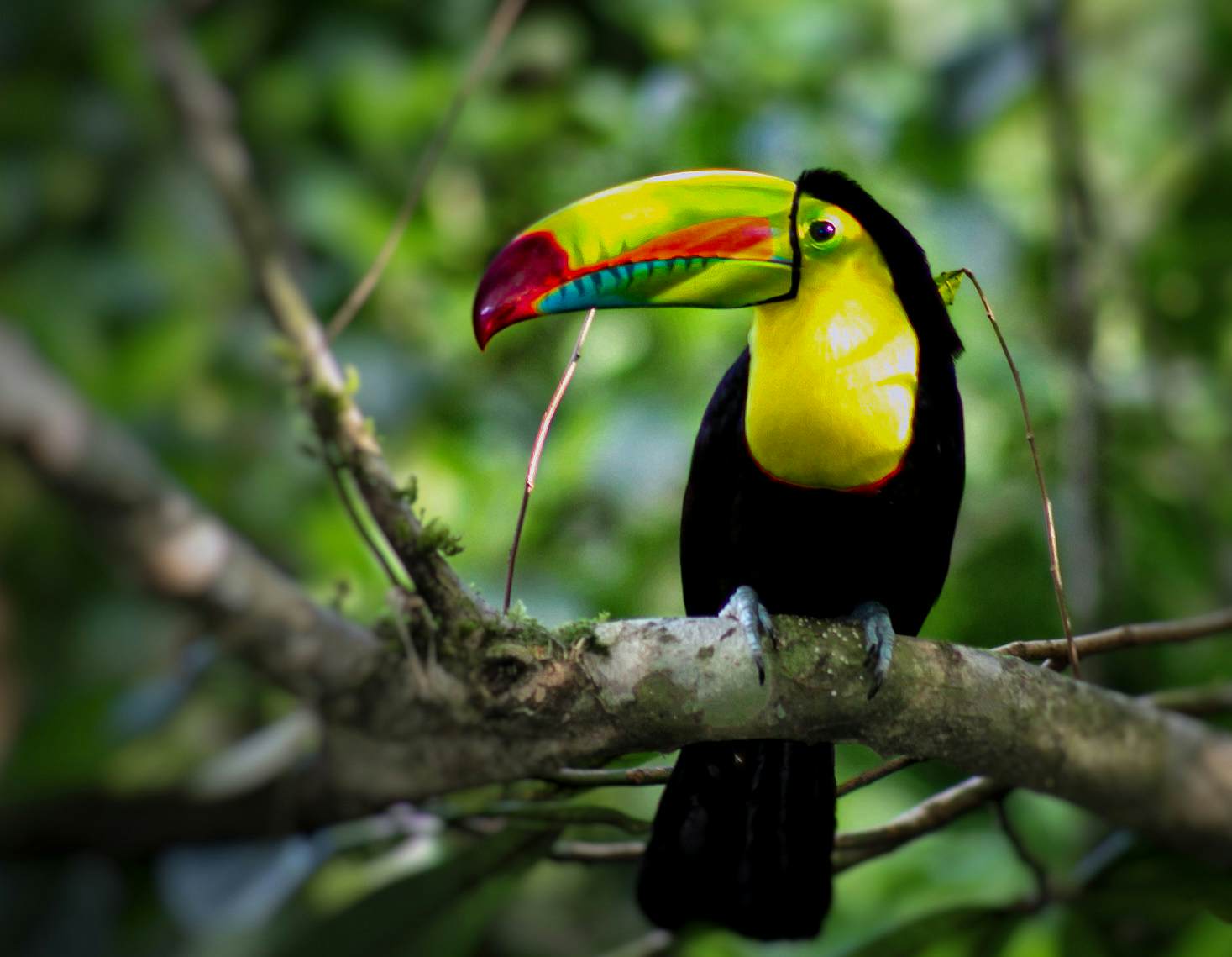
Keel-billed Toucan (Ramphastos sulfuratus): Also known in Costa Rica as the Tucán Piquiverde or Tucán Pico de Canoa, it is one of Costa Rica's most iconic toucans. You'll be able to observe its striking multicolored beak and its black plumage with white spots and stripes at Mistico Park.
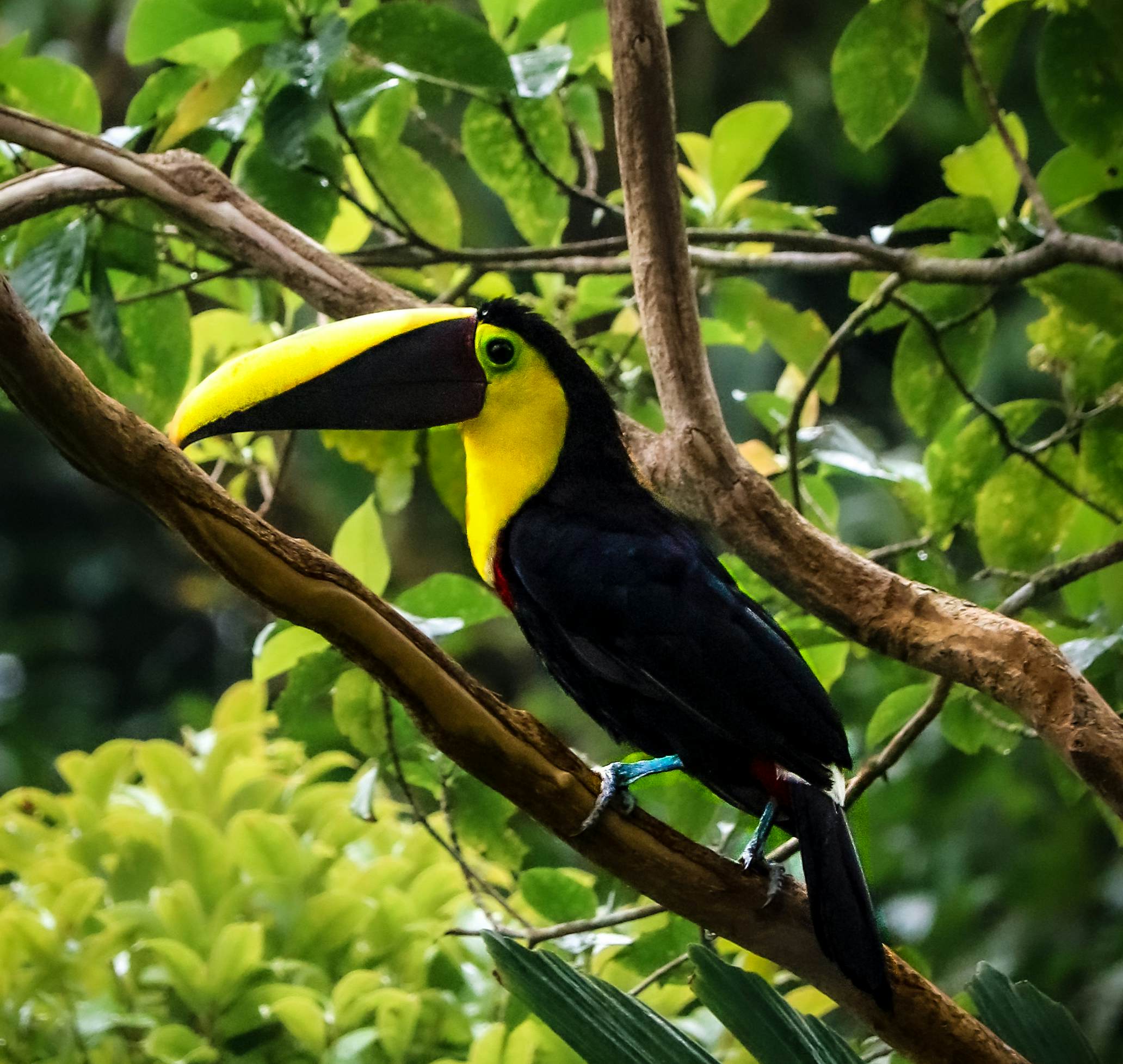
Yellow-throated toucan (Ramphastos ambiguus): This toucan is distinguished by its large, well-defined, bicolored beak in shades of chestnut and yellow. You can listen to its loud and powerful call and spot it in numerous groups at Mistico Park.
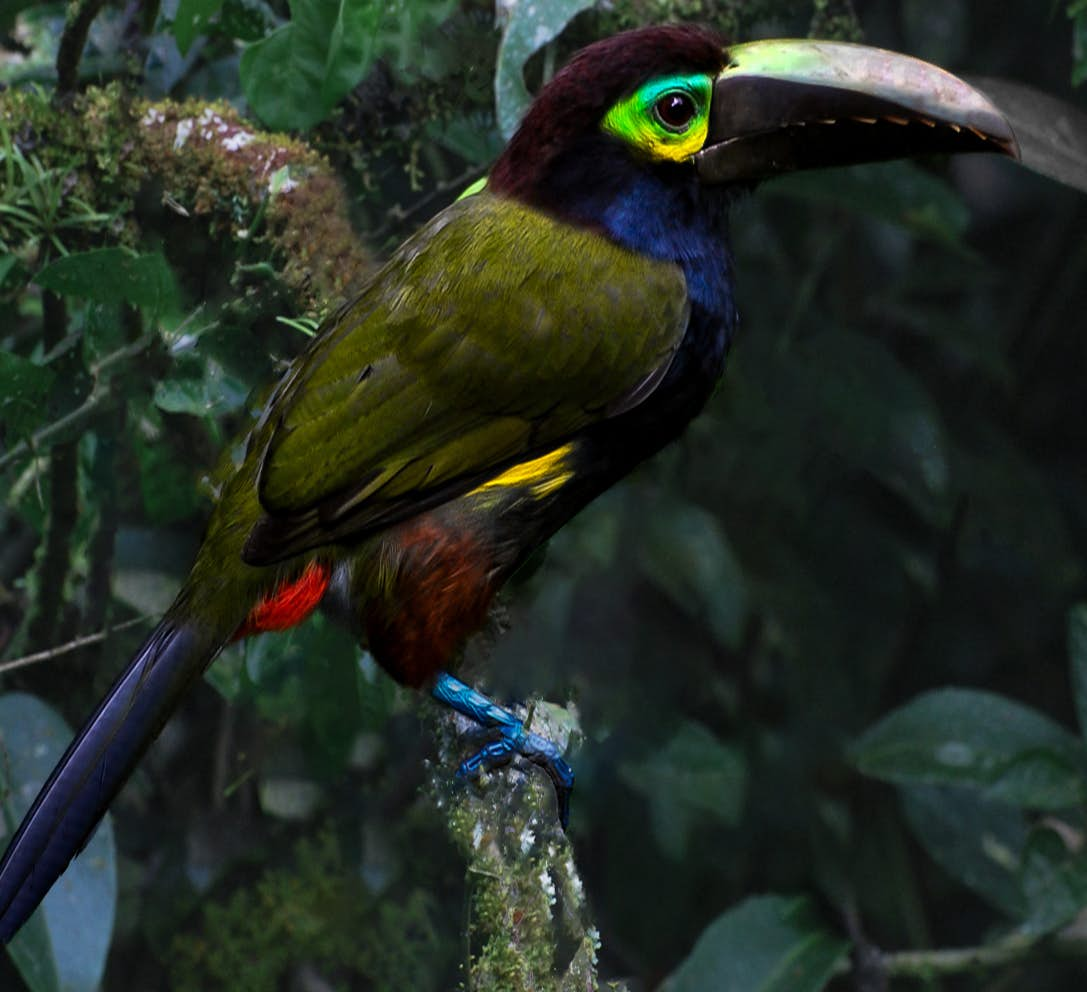
Yellow-eared Toucanet (Selenidera spectabilis): Also known as Black Tufted Toucanet or the Yellow-eared Toucanet or Black Pichilingo. The colorful plumage pattern around its eye is one of its most striking distinctive features, resembling a festive mask. This small toucan is commonly found in the forest canopy, which makes it challenging to observe. In such cases, structures like hanging bridges help provide a better perspective and increase the chances of sightings.
Don't miss the opportunity to visit Mistico Park and enjoy toucan-watching in their natural environment. It will be an unforgettable experience for bird and nature lovers. We look forward to welcoming you to Mistico Park!










